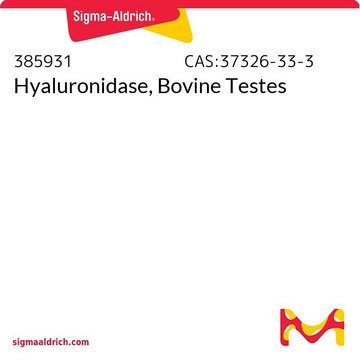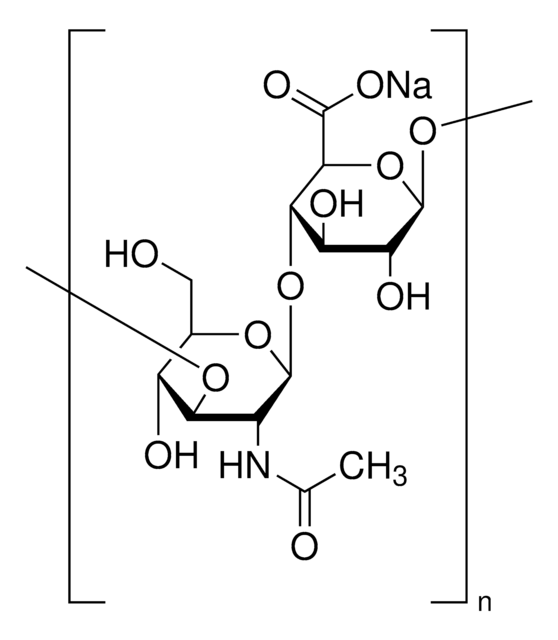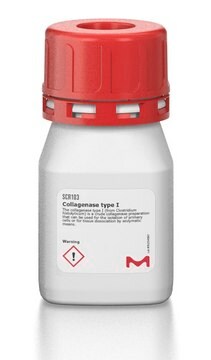H1115000
Hyaluronidase
European Pharmacopoeia (EP) Reference Standard
About This Item
Empfohlene Produkte
Qualität
pharmaceutical primary standard
Hersteller/Markenname
EDQM
Anwendung(en)
pharmaceutical (small molecule)
Format
neat
Lagertemp.
2-8°C
InChI
1S/C18H14O7/c19-13(11-2-4-15-17(6-11)25-9-23-15)7-12(18(20)21)10-1-3-14-16(5-10)24-8-22-14/h1-6,12H,7-9H2,(H,20,21)
InChIKey
PPEBBOHQEAQKSW-UHFFFAOYSA-N
Allgemeine Beschreibung
For further information and support please go to the website of the issuing Pharmacopoeia.
Anwendung
Verpackung
Sonstige Hinweise
Ähnliches Produkt
Signalwort
Danger
H-Sätze
P-Sätze
Gefahreneinstufungen
Resp. Sens. 1
Lagerklassenschlüssel
11 - Combustible Solids
WGK
WGK 1
Flammpunkt (°F)
Not applicable
Flammpunkt (°C)
Not applicable
Hier finden Sie alle aktuellen Versionen:
Analysenzertifikate (COA)
Leider sind derzeit keine COAs für dieses Produkt online verfügbar.
Wenn Sie Hilfe benötigen, wenden Sie sich bitte an Kundensupport
Besitzen Sie dieses Produkt bereits?
In der Dokumentenbibliothek finden Sie die Dokumentation zu den Produkten, die Sie kürzlich erworben haben.
Kunden haben sich ebenfalls angesehen
Unser Team von Wissenschaftlern verfügt über Erfahrung in allen Forschungsbereichen einschließlich Life Science, Materialwissenschaften, chemischer Synthese, Chromatographie, Analytik und vielen mehr..
Setzen Sie sich mit dem technischen Dienst in Verbindung.








